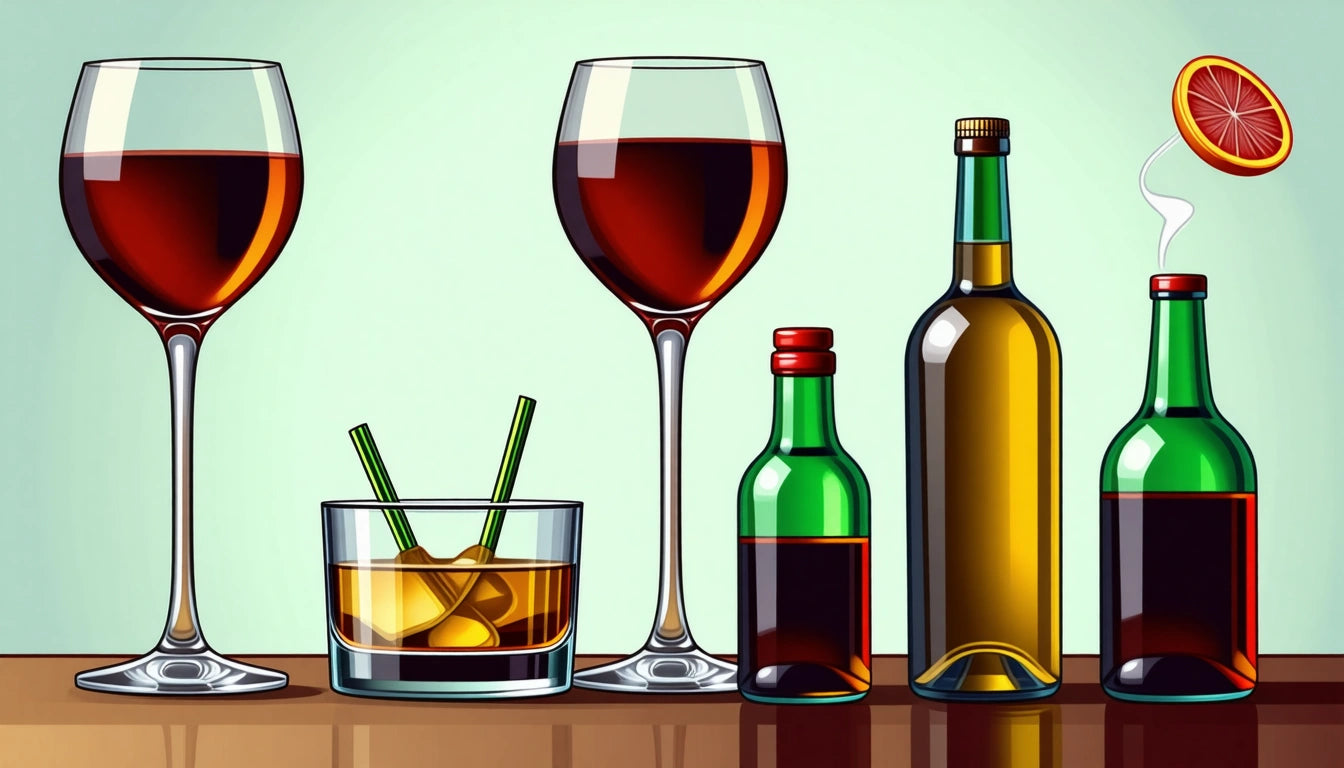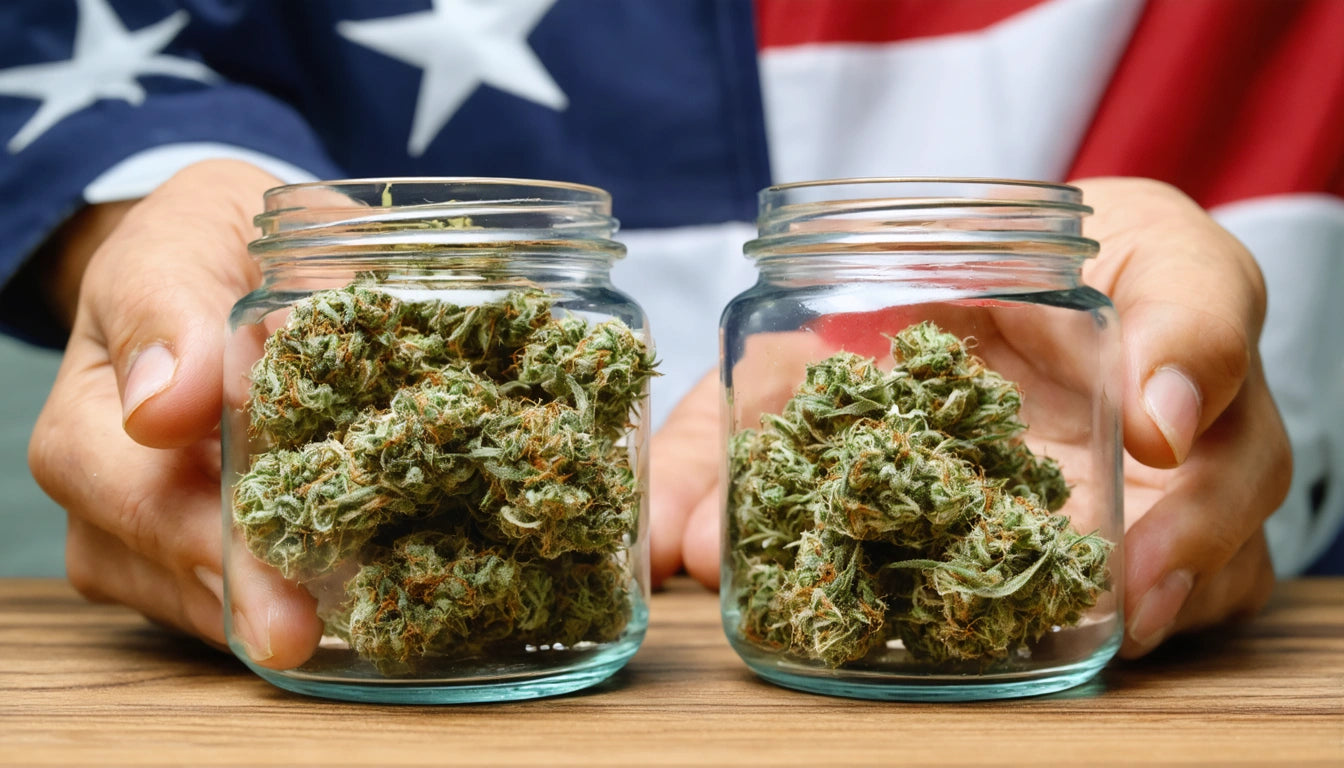Understanding the Differences: Tipsy, Buzzed, and Drunk Explained
Alcohol affects everyone differently, creating a spectrum of experiences from slightly tipsy to heavily intoxicated. Understanding the differences between being tipsy vs drunk can help consumers make informed decisions about their alcohol consumption and recognize when they or others might be approaching dangerous levels of intoxication.
Understanding Alcohol Intoxication Levels
Alcohol intoxication occurs in stages, with blood alcohol concentration (BAC) serving as the primary measurement. These stages progress from mild euphoria to potential unconsciousness or even life-threatening situations. Recognizing where you fall on this spectrum is crucial for safety and responsible consumption.
Tipsy: The First Stage of Alcohol Effects
Being tipsy represents the earliest noticeable effects of alcohol consumption, typically occurring at BAC levels between 0.03% and 0.05%. At this stage, most people experience:
- Mild euphoria and relaxation
- Slightly lowered inhibitions
- Minor impairment in fine motor coordination
- Increased sociability and talkativeness
- Preserved judgment and decision-making abilities
When tipsy, most individuals remain largely in control of their faculties. This state is often described as pleasant and is what many social drinkers aim to achieve without progressing further. As noted in this comparison of high vs drunk experiences, the tipsy stage is generally characterized by enhanced mood without significant impairment.
Buzzed: The Middle Ground
The buzzed state represents a middle ground between tipsy and drunk, typically occurring at BAC levels between 0.05% and 0.08%. This stage introduces more pronounced effects:
- More significant mood enhancement
- Noticeable impairment in coordination
- Reduced reaction time
- Impaired judgment beginning to emerge
- Decreased visual acuity
- Louder speech and more animated behavior
The buzzed state is where many jurisdictions draw the legal line for driving impairment. According to research comparing driving impairment, even at the buzzed level, crucial driving skills are significantly affected. During this stage, people often underestimate their level of impairment, making it particularly dangerous.
Drunk: Full Intoxication and Impairment
Being drunk typically begins at BAC levels above 0.08% and represents significant intoxication. At this stage, the effects become pronounced and potentially dangerous:
- Substantially impaired coordination and balance
- Slurred speech
- Blurred vision
- Significantly impaired judgment and decision-making
- Mood swings or emotional volatility
- Memory impairment or blackouts
- Nausea or vomiting (at higher levels)
At the drunk stage, individuals often lose the ability to accurately assess their own condition. As BAC rises further (0.15% and above), severe intoxication can lead to loss of consciousness, respiratory depression, and other life-threatening conditions. These effects contrast sharply with cannabis intoxication, as detailed in this comparison of alcohol and cannabis effects.
Comparing Effects on Mind and Body
The progression from tipsy to drunk involves increasing effects on multiple body systems:
- Brain function: Alcohol affects neurotransmitters, starting with mild mood enhancement when tipsy and progressing to significant cognitive impairment when drunk
- Motor skills: Coordination decreases progressively, from subtle changes when tipsy to obvious stumbling when drunk
- Social behavior: Initially increased sociability can progress to inappropriate behavior or aggression
- Perception: Minor alterations in perception when tipsy become major distortions when drunk
These effects vary based on factors including body weight, gender, metabolism, food consumption, and tolerance. Those in the cannabis industry often note these distinctions when comparing societal perceptions of intoxication from different substances.
For businesses serving alcohol or cannabis products, proper storage solutions like high-quality mylar bags can help maintain product integrity while also providing necessary safety information about responsible consumption.
Responsible Consumption and Harm Reduction
Understanding the spectrum from tipsy to drunk empowers individuals to make informed choices about alcohol consumption. Responsible drinking practices include:
- Pacing consumption and alternating with non-alcoholic beverages
- Eating before and during alcohol consumption
- Planning transportation in advance
- Setting personal limits and sticking to them
- Recognizing warning signs of excessive intoxication
The contrast between tipsy and drunk represents more than just degrees of a good time. It represents a spectrum from enjoyable social lubrication to potential danger. As health comparison studies continue to examine the relative impacts of different substances, consumers benefit from understanding exactly how their bodies respond at each stage of intoxication.
By recognizing the signs and symptoms that differentiate tipsy vs buzzed vs drunk states, individuals can better navigate social situations involving alcohol and make choices that prioritize both enjoyment and safety.











Leave a comment
All comments are moderated before being published.
This site is protected by hCaptcha and the hCaptcha Privacy Policy and Terms of Service apply.